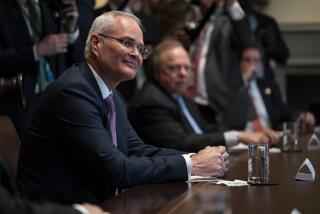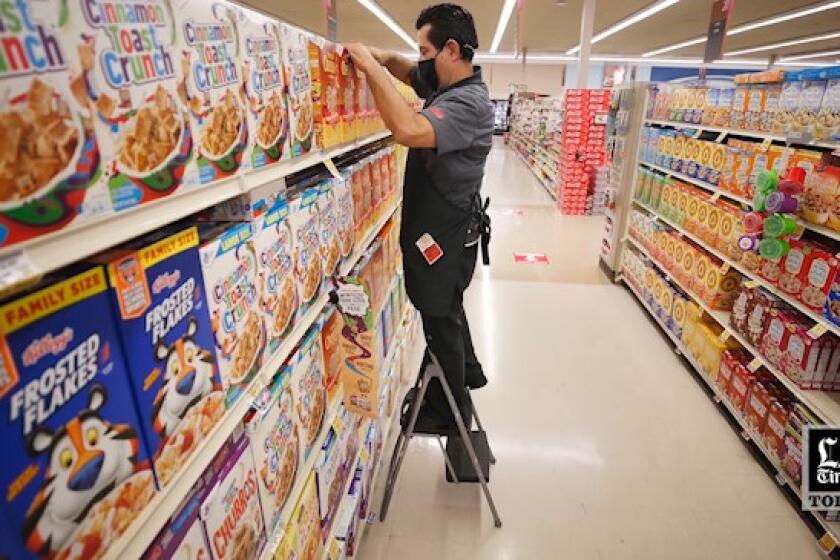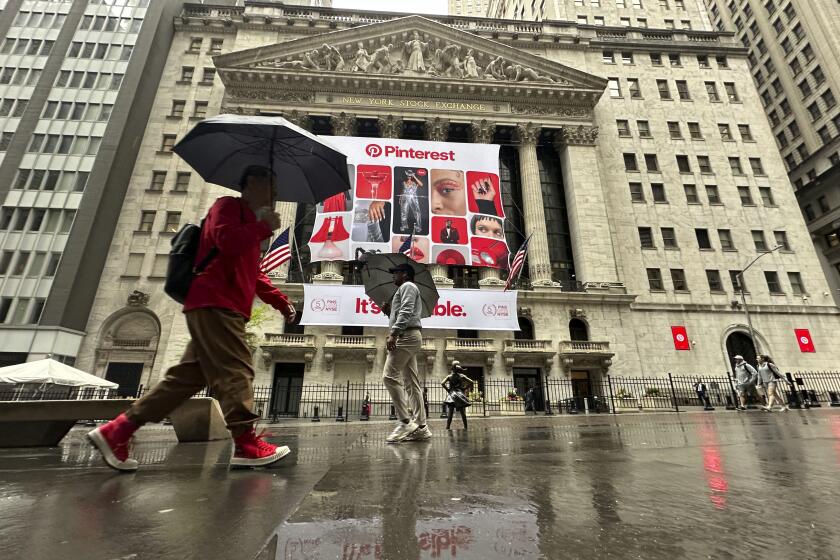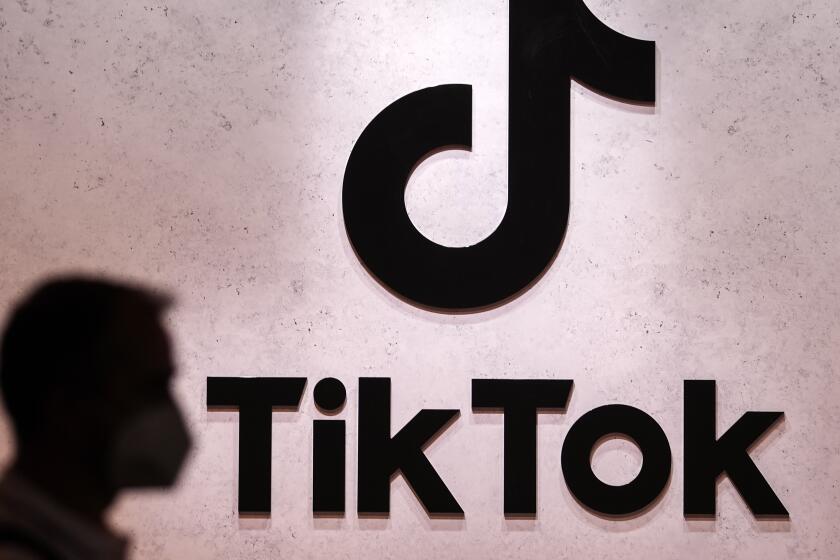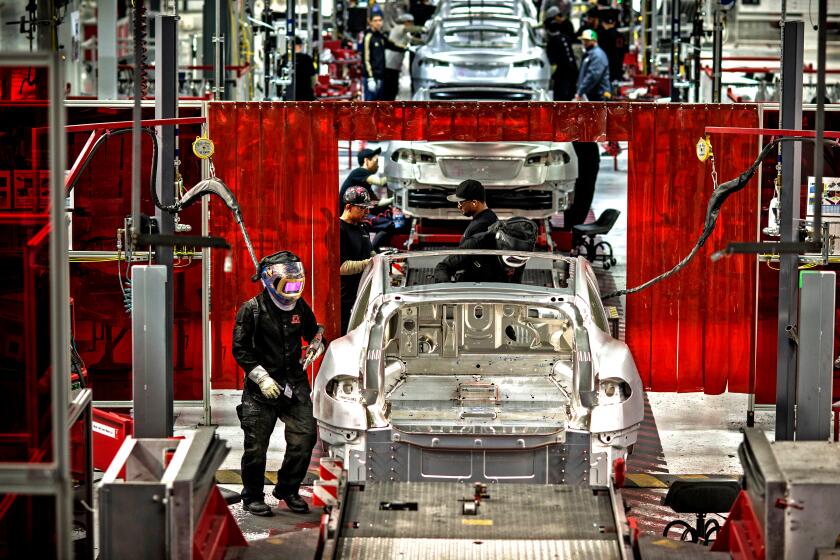A Double Dose of Good News
U.S. worker productivity surged in the second quarter at more than twice the first-quarter clip, the government said Thursday, boosting hopes for stronger economic growth to generate more jobs.
The Labor Department said the increase in productivity, a gauge of how much a worker produces per hour, accelerated to a 5.7% annual rate, more than twice the first quarter’s 2.1% gain.
Although strong productivity growth has been one of the culprits behind the job market’s woes as wary executives extract more from existing workforces, economists hope it ultimately will foster profit improvements and encourage hiring.
In a separate report, Labor said new claims for jobless benefits remained below the 400,000 level for a third straight week during the Aug. 2 week at 390,000 -- the lowest level since 378,000 were filed in the Feb. 8 week. The four-week moving average of jobless claims, which smoothes weekly gyrations, also fell below 400,000 a week to 397,250 -- the lowest since the Feb. 22 week.
So far, the recovery from recession in 2001 has not generated new jobs, with growth too slow to prompt business to invest or hire.
Consumers, by contrast, have held up their end of the economic bargain by shopping heavily, though there are questions about how long the spending boom can continue.
A possible warning signal came Thursday from the Federal Reserve, which reported consumer installment credit shrank by $400 million in June, the first decline since November 2002. The main reason was less use of charge and credit-card debt to finance purchases, the Fed said.
The Commerce Department separately said June wholesale sales climbed by 1.5%, the healthiest monthly gain since a 1.6% increase in April 2002. Sales of new cars, electrical equipment and gasoline rose from May.
The productivity report highlighted that companies have learned to stay lean and mean as they try to boost profits by operating with minimal new hiring in a business environment where it is hard to make price rises stick.
Unit labor costs, monitored as a sign of potential wage pressure, declined at a 2.1% rate during the second quarter after rising 2% in the first quarter.


